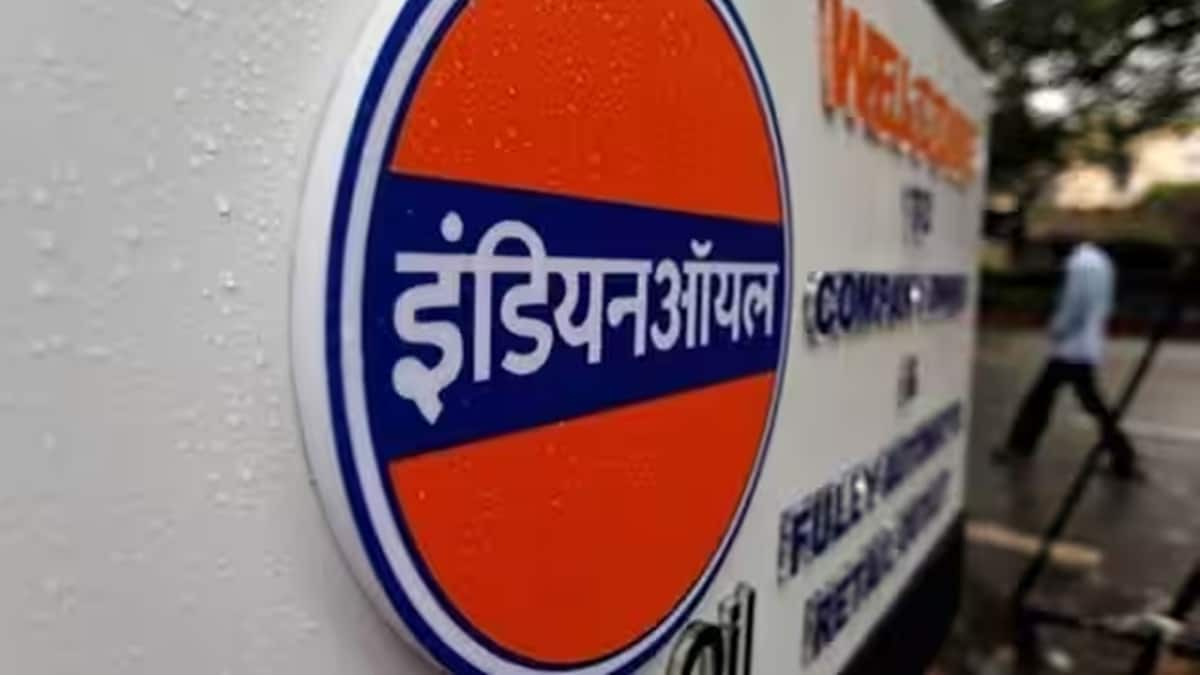India launches reference fuel, to cut import dependency
India on Thursday launched its first reference fuel in collaboration with state-run Indian Oil Corporation (IOC), becoming the third country to do so. The domestic production is likely to reduce India’s import dependency.
“We used to import 1,000 kilolitre (of reference fuel), our consumption is just 150 kilolitre,”said Minister of Petroleum and Natural Gas, Hardeep Singh Puri. “Soon we will look at stopping the import and also becoming a major exporter.”
The imported reference fuel costs at Rs 800-850 a litre. Indigenous production of this fuel will cut down this cost to around Rs 500 per litre.
These reference gasoline fuels will be available in E0, E5, E10, E20, E85, and E100 from the Paradip refinery. “Reference diesel fuel shall be available in B7 grade from Panipat refinery,” the government said.
In addition, the government said that it has achieved its target of blending 12% ethanol with petrol for the current ethanol supply year 2022-23 which will end in October.
“(Oil) Secretary Pankaj Jain told me that we have already done 12 per cent this month, which was our target, and we are well towards reaching our target of 20 per cent biofuel blending by the calendar year 2025,” he said adding that 5,000 petrol pumps are already selling the 20% ethanol-blended fuel.
In the ethanol supply year 2022-23 (Dec-Oct), the government has set a target of achieving 12% ethanol blending with petrol. This target for the year 2023-24 (Nov-Oct) has been set at 15%.
The government is now moving towards maize as a supplement to be used in ethanol blending. In August, the percentage of ethanol blended with petrol was 11.3%, according to the latest data by Petroleum Planning and Analysis Cell. “The cumulative ethanol blending during December 2022- August 2023 was 11.7%,” the report said.
The government had earlier stopped the supply of rice to ethanol distilleries due to lack of domestic availability.
Further, talking about energy transition, the minister said that global turbulence forces the market to move towards cleaner fuels.
“The upcoming 10 KTA (kilo tonnes per annum) green hydrogen plant at Panipat will further augment green energy transition,” the minister said.
The number of countries from where India imports energy has gone up to 39 from 37, Puri said while talking about India’s energy supplies. “We have increased India’s exploration and production footprint.”
The energy security strategy adopted by India to make the country ‘energy-independent’ by 2047 includes diversification of energy supplies, increasing exploration and production footprint, alternate energy sources, and meeting energy transition through gas-based economy, and green hydrogen and EVs, Puri said.
The government is also ambitious in its target of achieving the green energy transition target of 2047 and plans to expand green hydrogen-powered buses by December.


Recent Comments